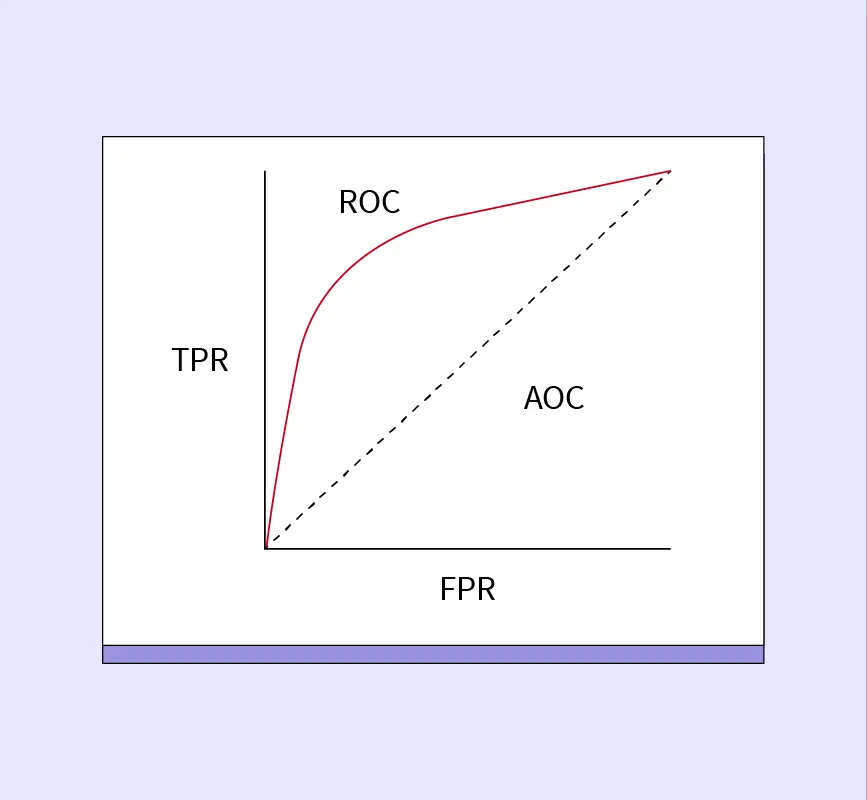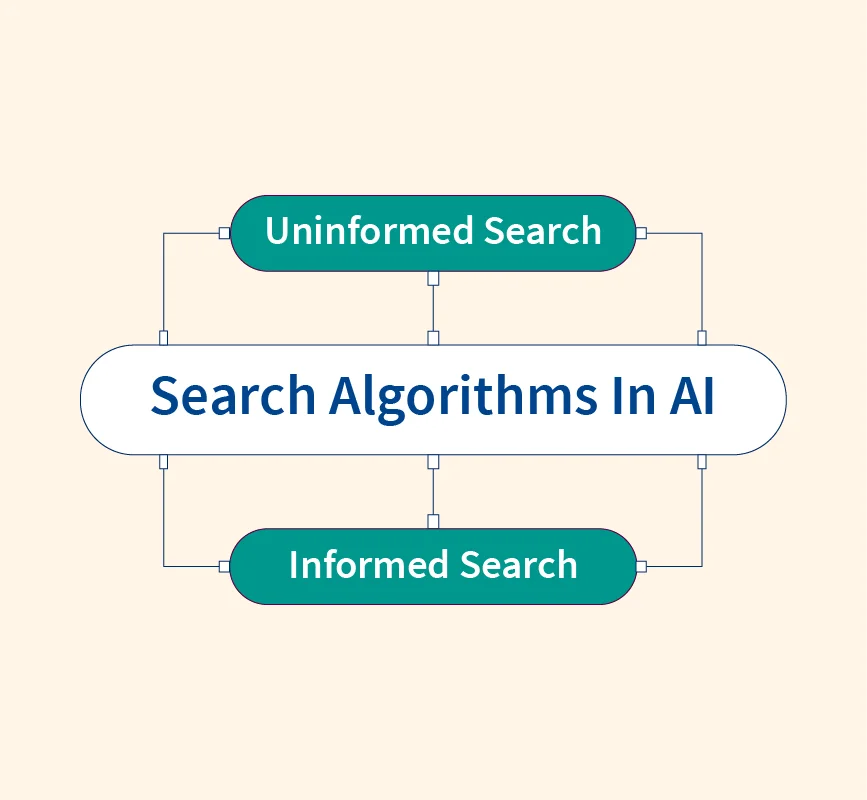Statistics, a fundamental tool in data analysis, is divided into two main branches: descriptive statistics and inferential statistics. Descriptive statistics summarizes raw data through measures like mean, median, and standard deviation, offering a clear picture of what the data reveals. However, this method only describes the observed dataset without extending beyond it.
Inferential statistics goes further by making predictions and inferences about a larger population based on sample data. This branch of statistics plays a critical role in data-driven decision-making across industries by allowing analysts to generalize findings from limited datasets. It uses probability theories and sampling methods to provide insights beyond what is immediately observable.
The importance of inferential statistics lies in its ability to draw conclusions and test hypotheses, even when it’s impossible to analyze the entire population. This makes it essential in business forecasting, healthcare trials, and scientific research, where decision-making relies heavily on sound statistical inferences.
What is Inferential Statistics?
Inferential statistics is the branch of statistics used to draw conclusions and make predictions about a population based on data collected from a sample. This approach allows researchers and analysts to extend findings beyond the immediate dataset, providing insights that inform decisions about larger groups or phenomena. By applying probability theory, inferential statistics quantifies the uncertainty in predictions, offering a range of possible outcomes with a certain degree of confidence.
While descriptive statistics summarizes the main characteristics of a dataset, inferential statistics goes a step further by generalizing results to a population. For example, in a survey of 1,000 customers, descriptive statistics would summarize their satisfaction scores, while inferential statistics would use the sample data to estimate the satisfaction level of the entire customer base. This makes inferential statistics essential when it is impractical to collect data from the entire population.
The ability to make predictions and test hypotheses is critical across many fields. In business, companies use inferential statistics to forecast sales trends, evaluate marketing strategies, and optimize supply chain operations. Market researchers rely on it to understand customer preferences by analyzing survey samples. In healthcare, clinical trials use inferential methods to determine whether treatments are effective, ensuring that results from a sample group are applicable to the general population.
Inferential statistics plays an important role in scientific research, helping validate theories and hypotheses with statistical evidence. For example, researchers may test whether a new teaching method improves student performance by comparing the test results of a sample group with those of a control group. The insights generated from inferential statistics are essential in decision-making processes, ensuring that organizations and researchers can act on data even when working with incomplete information.
By extending findings from samples to entire populations, inferential statistics helps organizations manage risks, allocate resources effectively, and guide policy decisions with data-backed insights. This capability makes it indispensable in the modern data analytics landscape.
Types of Inferential Statistics
Inferential statistics encompasses various techniques that allow analysts to make predictions and generalizations about populations based on sample data. These methods are essential for drawing conclusions, testing hypotheses, and evaluating relationships between variables. The key types of inferential statistics include hypothesis testing, confidence intervals, regression analysis, analysis of variance (ANOVA), and chi-square tests.
1. Hypothesis Testing
Hypothesis testing is a fundamental statistical method used to assess whether a particular assumption about a population parameter holds true. The process begins with the formulation of two hypotheses:
- Null Hypothesis (H₀): Assumes no effect or difference exists.
- Alternative Hypothesis (H₁): Contradicts the null hypothesis, suggesting an effect or difference.
The objective is to determine if the observed results are statistically significant or occurred by chance. Analysts use p-values to assess the strength of evidence against the null hypothesis, with a smaller p-value (e.g., < 0.05) indicating strong evidence to reject it.
Key Hypothesis Tests
- Z-Test:
A Z-test is used when the population variance is known, and the sample size is large. It evaluates whether the means of two datasets differ significantly.
Example: A company tests whether the average customer rating after a new product launch differs from the previous average rating. - T-Test:
A T-test is applied when the population variance is unknown or the sample size is small. It is commonly used to compare two means.
Example: Comparing the average sales of two different stores to assess which location performs better. - F-Test:
An F-test compares the variances of two or more datasets and is often used in conjunction with ANOVA.
Example: Determining if marketing campaigns with different budgets yield significantly different results.
2. Confidence Intervals
Confidence intervals provide a range within which a population parameter is likely to fall, given a specific confidence level (e.g., 95%). This interval gives analysts a sense of the precision of their estimates and the uncertainty associated with sample data.
Example of Calculating a Confidence Interval:
A survey finds that 60% of customers prefer a product, with a margin of error of ±5% at a 95% confidence level. This means the true preference lies between 55% and 65% with 95% certainty.
Confidence intervals help businesses make informed predictions and support decision-making by quantifying the reliability of their estimates.
3. Regression Analysis
Regression analysis examines the relationship between dependent and independent variables, allowing analysts to predict outcomes. It is widely used in business to forecast trends and understand cause-and-effect relationships.
Example: A retail company uses regression analysis to predict future sales based on advertising spending. By understanding the impact of ad spending on sales, the business can allocate resources more efficiently.
Regression models also help identify key performance drivers and guide strategies by showing how changes in one variable affect another.
4. Analysis of Variance (ANOVA)
ANOVA is a statistical method used to compare the means of three or more groups to determine if significant differences exist between them. It helps identify whether a factor (e.g., a treatment or strategy) has a measurable effect across multiple groups.
Example: A company evaluates whether three different training programs result in varying levels of employee productivity. ANOVA determines if the differences in productivity are statistically significant, guiding future investments in employee development.
ANOVA is particularly useful in experiments where multiple conditions need to be compared simultaneously.
5. Chi-Square Tests
Chi-square tests are used to assess the relationships between categorical variables, helping analysts understand if observed distributions differ from expected ones. This method is commonly applied in fields like marketing and quality control.
Example: A retailer uses a chi-square test to determine whether customer preferences for a product differ significantly across different regions. If the preferences vary, the business can adjust its marketing strategies accordingly.
In manufacturing, chi-square tests ensure that defects occur randomly by comparing defect rates across production batches. This helps maintain product quality and identify areas for improvement.
Examples of Inferential Statistics
Market Research
In market research, inferential statistics helps companies understand customer preferences and predict future behavior based on sample surveys. Instead of collecting data from every customer, businesses gather responses from representative samples and generalize findings to their entire customer base. This allows companies to forecast trends and optimize marketing campaigns.
Example: A retail company surveys 1,000 customers to assess satisfaction with a new product. The results are used to estimate how satisfied the overall customer base is, guiding further product development or advertising strategies.
Medical Research
Inferential statistics plays a crucial role in clinical trials and medical research by evaluating the effectiveness of new treatments and drugs. Researchers test hypotheses by comparing the outcomes from sample groups receiving different treatments. The results are then generalized to predict how the treatment will perform in the broader population.
Example: A pharmaceutical company conducts a trial to determine the effectiveness of a new drug for reducing blood pressure. If the sample group shows significant improvement, researchers infer that the drug will likely benefit the general population.
Economics
Economists rely on inferential statistics to forecast trends, analyze economic data, and make policy recommendations. Using sample data, they develop models that predict future economic conditions, such as inflation or employment trends, which guide policymaking and investment decisions.
Example: An economic study gathers data on unemployment rates in several regions to predict national unemployment trends. Policymakers use these predictions to introduce measures aimed at stabilizing the job market.
Quality Control
In manufacturing, inferential statistics ensures product quality through sampling and hypothesis testing. Instead of inspecting every item in a batch, companies evaluate a representative sample to determine whether it meets quality standards. This approach identifies defects early, minimizing waste and ensuring high product quality.
Example: A car manufacturer tests a sample of 50 engines from a production batch to ensure they meet performance standards. If the sample passes, the company infers that the rest of the batch is also of high quality.
Education
Educators use inferential statistics to assess student performance and learning outcomes. By analyzing test scores from sample groups, schools infer how well educational programs are working for the broader student population, guiding curriculum development and resource allocation.
Example: A school analyzes math test results from a group of 200 students to determine whether a new teaching method has improved performance across the entire grade.
Environmental Science
Environmental scientists apply inferential statistics to study environmental changes and predict future trends. Sampling methods allow researchers to monitor pollution levels, climate patterns, or biodiversity in specific regions and generalize findings to larger ecosystems.
Example: Researchers measure air quality in several cities to infer pollution trends at the national level. This data helps environmental agencies develop policies to reduce emissions and protect public health.
Inferential Statistics vs. Descriptive Statistics
Descriptive statistics and inferential statistics serve distinct roles in data analysis. Descriptive statistics focuses on summarizing raw data, providing insights into what the data shows. In contrast, inferential statistics goes beyond the sample data to make predictions or draw conclusions about a population.
| Aspect | Descriptive Statistics | Inferential Statistics |
| Purpose | Summarizes and organizes data | Makes predictions or inferences about a population |
| Scope | Focuses only on the sample | Generalizes from the sample to the population |
| Techniques | Mean, median, mode, variance | Hypothesis testing, confidence intervals, regression |
| Examples | Average customer rating from a survey | Predicting future sales from a sample survey |
| Use Case | Provides a snapshot of data trends | Tests hypotheses and estimates population parameters |
| Data Requirement | Analyzes all collected data | Works with sample data to infer about the population |
Descriptive statistics offer clarity about existing data patterns, helping analysts summarize and present data in a comprehensible form. However, inferential statistics extends beyond the observed data, supporting decision-making by providing actionable insights and predictions. Both types are essential, with descriptive statistics often serving as the first step before applying inferential methods to analyze deeper patterns and relationships.
How Analysts Use Inferential Statistics in Decision-Making
Inferential statistics plays a crucial role in business and other decision-making processes by enabling analysts to draw insights from sample data. This statistical approach helps predict outcomes, evaluate risks, and optimize strategies, even when complete population data is unavailable. By using tools such as hypothesis testing, regression analysis, and confidence intervals, analysts make data-driven predictions that support critical business decisions.
One way inferential statistics supports decision-making is through forecasting and planning. Businesses use statistical models to predict future trends based on historical data. For example, retailers rely on sales forecasts generated from a sample of transactions to prepare for seasonal demand. Similarly, A/B testing helps companies determine the effectiveness of marketing campaigns by analyzing the behavior of sample groups.
In finance, inferential statistics assists in risk management and portfolio optimization. Analysts use statistical methods to predict market trends and assess the likelihood of financial risks. For example, they apply regression models to identify how macroeconomic factors affect stock prices, enabling informed investment decisions.
Healthcare organizations also benefit from inferential statistics by evaluating treatment effectiveness. Clinical trials use hypothesis tests to determine whether a new drug provides significant benefits compared to a placebo. This data helps healthcare providers make critical decisions about adopting new treatments.
The ability of inferential statistics to derive conclusions from limited data ensures that businesses and institutions can act strategically without needing to analyze every data point in a population. Whether optimizing marketing campaigns, managing risks, or planning resource allocation, analysts use inferential statistics to minimize uncertainty and guide decision-making effectively.
Importance of Inferential Statistics in a Data Science Career
Inferential statistics is a vital component of data science, playing a central role in model building, predictions, and decision-making. Data scientists use these techniques to analyze trends, validate hypotheses, and draw insights from sample datasets that represent larger populations. Knowledge of inferential statistics allows data scientists to build reliable models by estimating parameters and measuring the significance of variables.
In predictive analytics, data scientists rely on inferential statistics to make informed forecasts. For instance, regression models help predict customer churn, enabling companies to develop targeted retention strategies. Hypothesis testing is used to assess the significance of variables in machine learning models, ensuring that the most relevant factors are incorporated. Confidence intervals provide a measure of certainty, guiding decisions with a quantified understanding of uncertainty.
Key skills required for data scientists include proficiency in hypothesis testing, regression analysis, and statistical inference techniques. These skills allow them to evaluate models and validate results, ensuring that predictions are not based on chance. For example, data scientists conduct A/B testing to compare the impact of two product features, selecting the one that maximizes user engagement.
Inferential statistics also helps data scientists identify patterns in data and uncover hidden relationships, supporting tasks like customer segmentation and trend analysis. With these skills, data scientists can provide actionable insights that drive business strategies and operational improvements.
In today’s data-driven world, proficiency in inferential statistics ensures that data scientists can transform data into meaningful insights, guiding organizations toward better decision-making. It is a foundational skill that supports the development of robust predictive models and ensures that analytical outcomes align with real-world scenarios.
Conclusion
Inferential statistics plays a pivotal role in data analysis by enabling predictions and generalizations from sample data to larger populations. Throughout the article, we explored the core concepts, including hypothesis testing, confidence intervals, and regression analysis, as well as practical applications across industries such as business, healthcare, and economics.
The ability of inferential statistics to provide actionable insights ensures informed decision-making, even when complete data is unavailable. Whether used in forecasting trends or validating hypotheses, inferential statistics is a valuable tool for guiding strategies and minimizing uncertainty in today’s data-driven world. Mastery of these techniques is essential for making reliable predictions and achieving better outcomes.
References:


